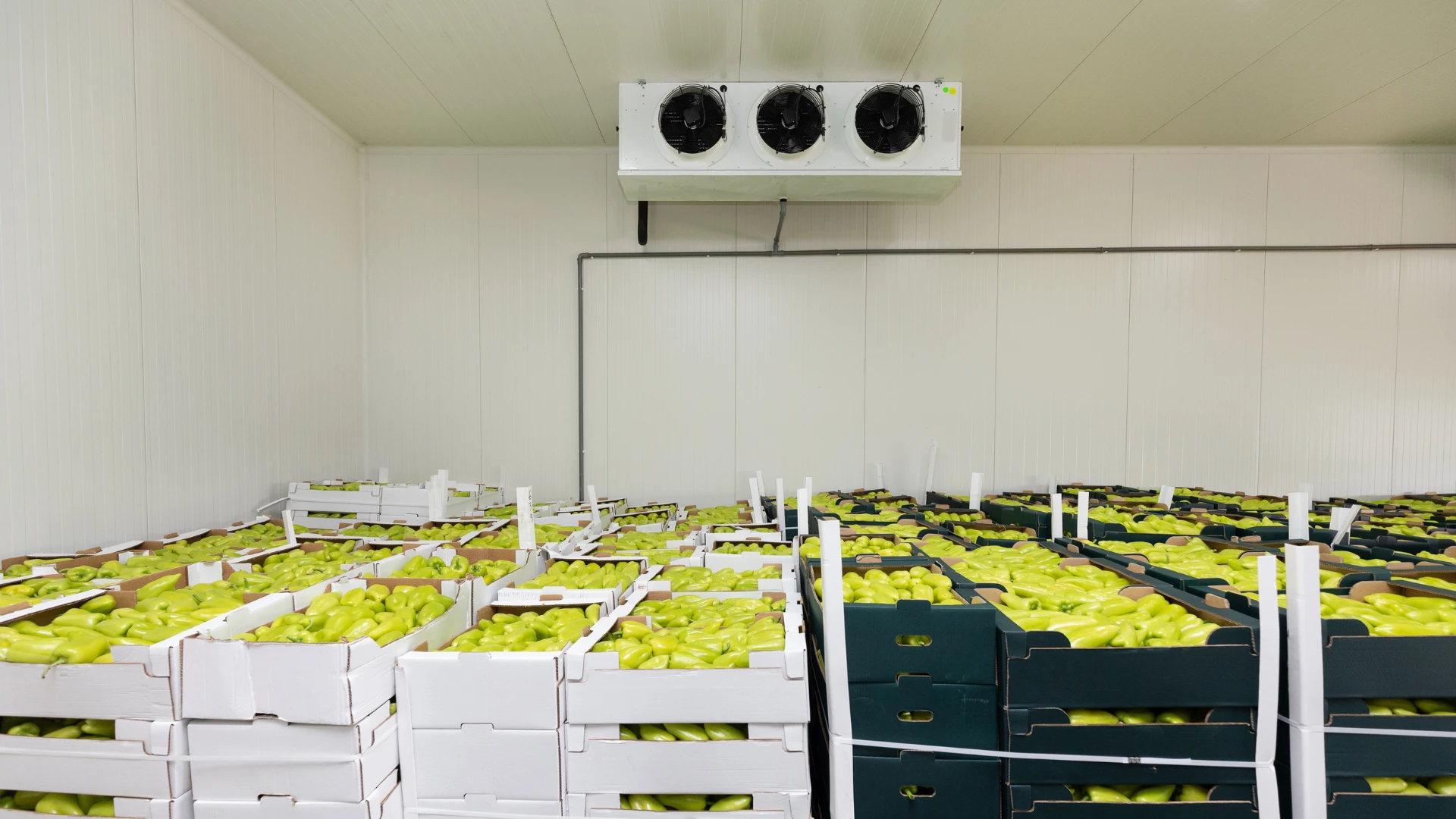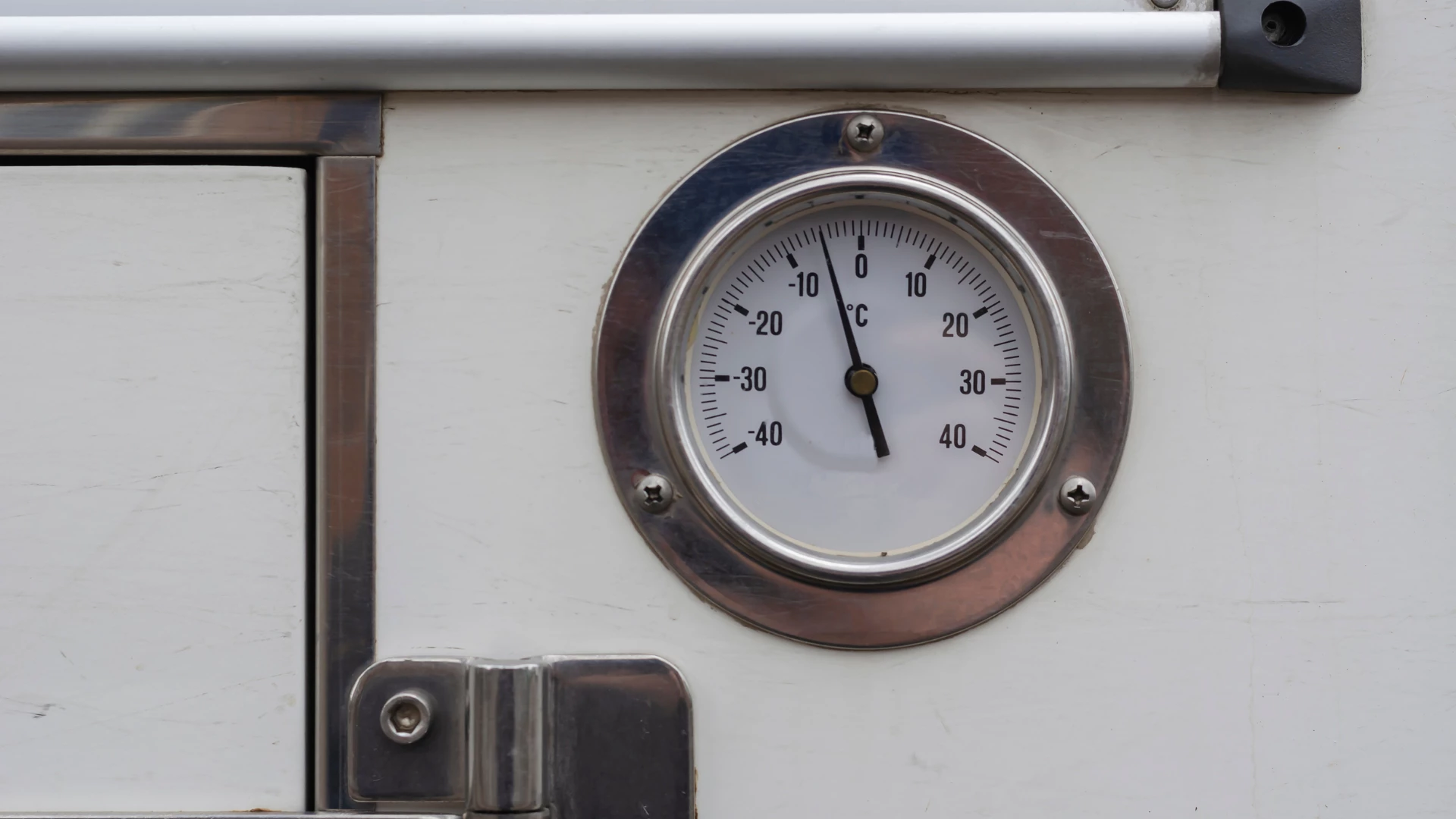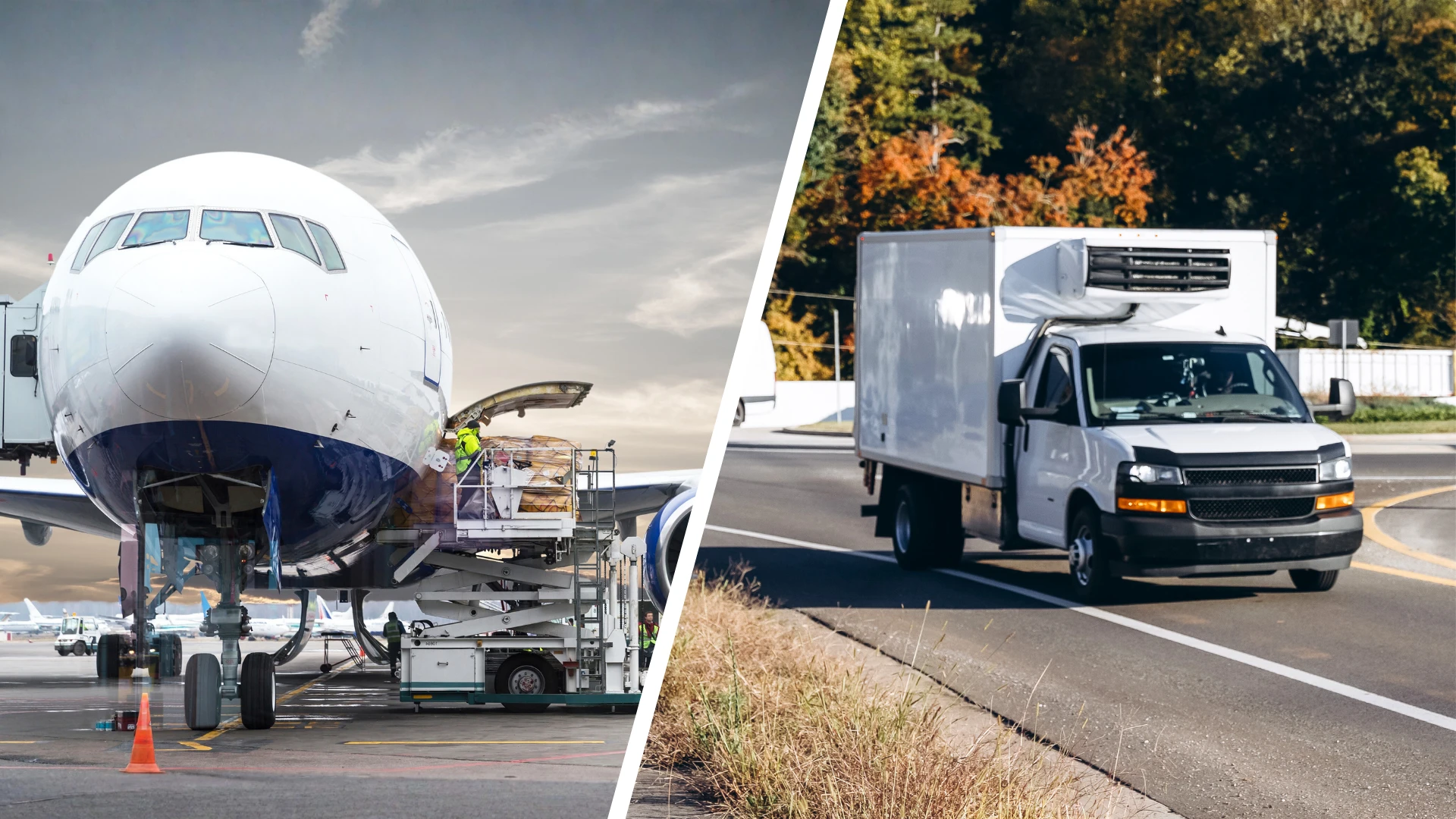
As the lifeline for frozen food, pharmaceuticals, vaccines, and other perishable goods and temperature-sensitive products is susceptible to temperature variations, maintaining precise temperatures throughout the supply chain is crucial. Actions and tools aimed at upholding product integrity, safety, and compliance from origin to destination are combined under cold chain logistics and temperature monitoring terms. The latter employs specialized systems incorporating temperature sensors, environmental alarms, and real-time alerts, guaranteeing that products navigate the supply chain while adhering to specific temperature criteria.
The Fundamentals of Cold Chain Monitoring
Effective cold chain management lies in the meticulous cold chain temperature monitoring process. This comprehensive process ensures that the conditions required for preserving product quality are maintained throughout its journey, particularly in reefer transportation, which refers to the specialized containers and vehicles equipped with refrigeration systems to control and sustain specific temperatures during transit. In the context of reefer transportation, cold chain temperature monitoring guarantees that products sensitive to temperature variations, ranging from pharmaceuticals with stringent storage prerequisites to delicate perishable foods, remain within their prescribed temperature ranges.
As goods traverse supply chains, real-time monitoring devices embedded within reefers diligently record and transmit temperature data. This data, in turn, undergoes scrutiny through advanced analytics, alerting stakeholders to any deviations from the predetermined thresholds. The significance of cold chain temperature monitoring in reefer transportation is thus underscored by its role in mitigating risks, ensuring compliance, and safeguarding the integrity of temperature-sensitive products from origin to destination.
The Mechanics of Cold Chain Monitoring
The core of cold chain temperature monitoring is a sophisticated network of temperature monitoring devices meticulously deployed throughout the supply chain. These devices, including data loggers, wireless sensors, and probe thermometers, serve as the vigilant custodians of temperature conditions at various points in the cold chain. Data loggers, akin to conventional temperature monitors, chronicle temperature readings at regular intervals, providing a historical record of conditions during transportation or storage. On the other hand, wireless temperature sensors transmit real-time temperature data using wireless connectivity, facilitating instantaneous access to critical information. Meanwhile, probe thermometers offer a targeted approach, allowing direct insertion into products or environments for spot-checking temperature readings. This diverse array of monitoring tools, strategically positioned from production to final destination, forms a complex cold chain temperature monitoring system, ensuring that temperature-sensitive products travel under meticulous surveillance, safeguarding their integrity and compliance with stringent standards.
Core Elements of Temperature Monitoring Systems
As being said, the heart of effective cold chain temperature monitoring is its core components that ensure end-to-end visibility and control throughout the supply chain. Essential to these systems are temperature sensors, the foundational element that comes in various forms, such as data loggers, wireless sensors, and probe thermometers. These sensors play a critical role in accurately measuring and recording temperature levels at different junctures in the cold chain. Complementary to temperature sensors are environmental and door alarms, providing real-time alerts for temperature fluctuations or instances when doors are left ajar, enabling swift corrective actions.
To translate data into actionable insights, comprehensive dashboards, and reporting tools serve as user-friendly interfaces for stakeholders. These tools empower decision-makers to visualize temperature trends, identify potential areas for improvement, and make informed choices. Furthermore, a crucial aspect of temperature monitoring systems is their capability to initiate corrective actions when deviations occur, guided by predefined protocols. An audit trail is maintained for record keeping, ensuring traceability and compliance with stringent safety standards. This multifaceted approach, encompassing sensors, alarms, reporting tools, and corrective actions, establishes a robust infrastructure for temperature monitoring systems, safeguarding product quality and regulatory adherence across the entire cold chain.

Advantages of Efficient Temperature Control
Efficient temperature control within the cold chain yields multifaceted advantages, spanning safety, sustainability, and waste reduction. Rigorous monitoring ensures adherence to stringent safety regulations governing the transport and storage of temperature-sensitive goods, mitigating the risk of penalties, recalls, and damage to a brand’s reputation. Beyond compliance, efficient temperature control contributes to sustainability by minimizing energy waste. The optimization of cooling or heating systems, based on actual needs determined through continuous monitoring, reduces energy consumption and lowers carbon emissions, aligning with eco-conscious practices.
Furthermore, the impact extends to waste reduction in the food and medication sectors. Accurate temperature control prevents spoilage and compromise of products, curbing unnecessary waste and financial losses. Leveraging data and analytics from monitoring systems allows teams to identify areas for process improvement, preserving the quality of products and promoting a more sustainable approach to cold chain logistics. In essence, the benefits of efficient temperature control ripple through various facets of industries, enhancing safety, sustainability, and resource conservation.
Application in the Transportation Industry
Reefer containers, equipped with refrigeration systems, facilitate the preservation of quality for temperature-sensitive commodities during transportation. Cold chain monitoring guarantees the meticulous maintenance of specific temperature conditions within these containers, protecting the integrity of products, whether pharmaceuticals or perishable foods, throughout the entire journey from manufacturing to the ultimate destination. Additionally, real-time tracking made by built-in cutting-edge sensors allows for identifying weak points in the global supply chain, enabling swift corrective actions and fostering a more resilient and responsive logistics network.
Continuous Improvement in Cold Chain Logistics
Cold chain logistics is a dynamic system requiring continual evaluation and enhancements to meet evolving industry demands. Recent advancements, such as the trend towards right-sizing, exemplify this commitment to improvement. Right-sizing involves increased usage of smaller refrigerated units like reefer vans, offering more flexibility and efficiency in transporting smaller batches of temperature-sensitive goods. This approach optimizes resources, addressing the need for precision in handling diverse products with varying temperature requirements.
Ongoing evaluation in cold chain logistics extends far beyond technology to encompass regulatory compliance, environmental sustainability, and operational efficiency. As industries embrace innovative solutions, the integration of data analytics and real-time monitoring ensures that the cold chain evolves with the ever-changing demands of global supply chains. By continually refining processes and embracing new technologies, the cold chain logistics industry strives to achieve unparalleled efficiency, safety, and sustainability in transporting temperature-sensitive goods.
Conclusion
In the world of global commerce, the significance of cold chain temperature monitoring cannot be overstated. From preserving pharmaceutical efficacy to ensuring the freshness of perishable foods, the meticulous control of temperatures throughout the supply chain safeguards product integrity. As industries navigate the complexities of temperature-sensitive logistics, reliable cold chain logistic providers like RVN come to the fore. By partnering with RVN for small STL shipping needs, you can benefit from the efficiency of right-sizing and contribute to a seamless, sustainable future for the transportation of your temperature-sensitive goods.
Back to blogYou may also be interested in

Solving the Refrigerated Freight Bottleneck: A Customer’s Guide to Reefer Expedite
The refrigerated freight is one of the most demanding segments of logistics. Unlike dry freight, temperature-sensitive goods don’t get second chances. If a load arrives late or the temperature drifts outside compliance ranges, the shipment can lose its entire value. For customers, that means one mistake can turn into thousands of dollars in losses and […]

Airport Delays and Temperature Risk: How Forwarders Mitigate the Gap
Airports are the heartbeat of global trade, connecting perishable goods to every corner of the world. But for refrigerated freight, airports are also one of the riskiest points in the journey. Unlike long-haul reefer trucking, where temperature can be monitored and maintained throughout, airports introduce multiple variables, such as customs clearance, handling procedures, flight schedules, […]
